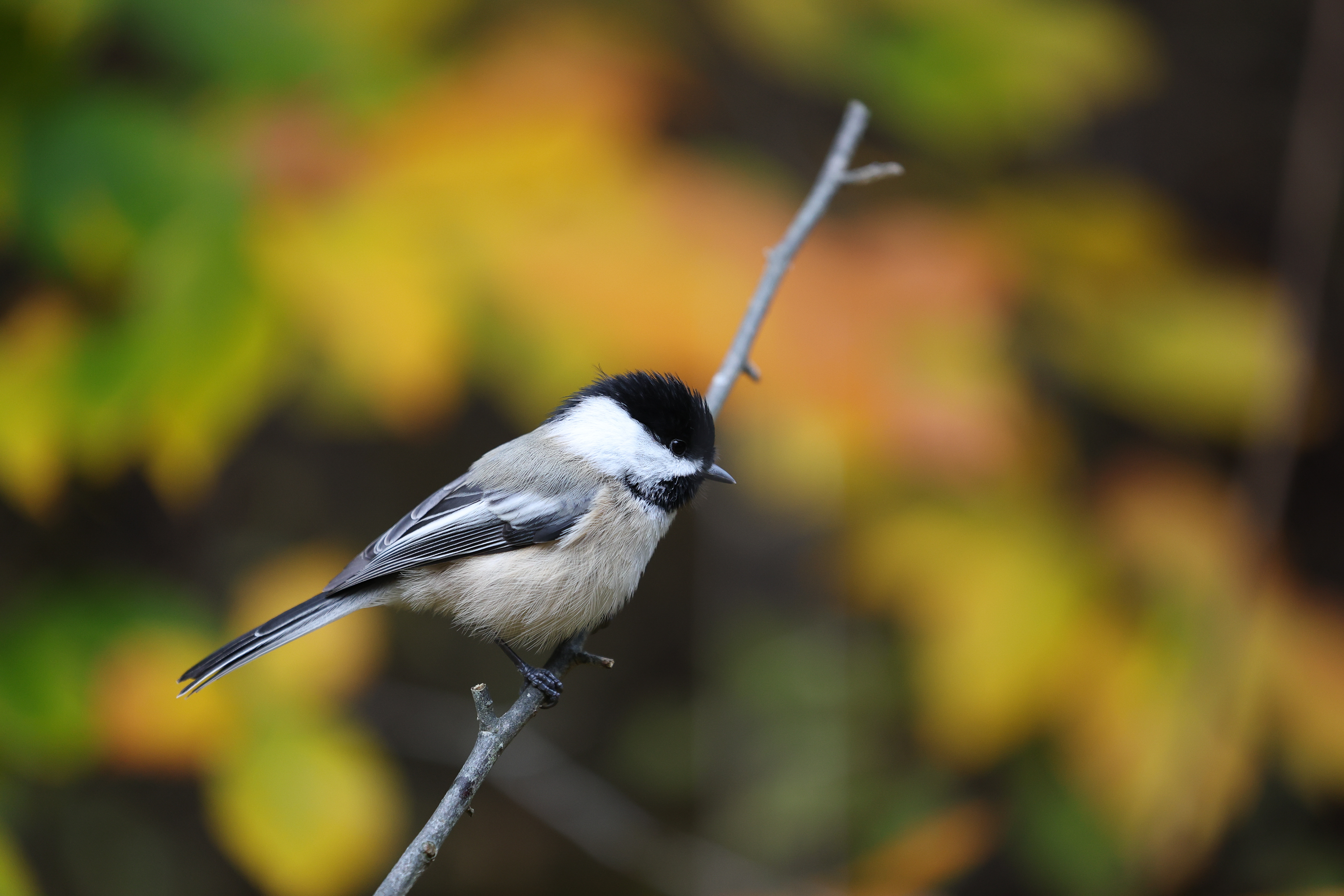If you’re in the mood to get into bird photography, then there are cameras that can give you a whole lot of assistance. These cameras have a feature called bird detection. And that can really help the photographer get the shots they need. It can also help them when they can’t quickly and easily find a bird in the frame. So we’re rounding up the cameras with the best bird detection. Take a look!
The Phoblographer’s various product round-up features are done in-house. Our philosophy is simple: you wouldn’t get a Wagyu beef steak review from a lifelong vegetarian. And you wouldn’t get photography advice from someone who doesn’t touch the product. We only recommend gear we’ve fully reviewed in these roundups. If you’re wondering why your favorite product didn’t make the cut, there’s a chance it’s on another list. If we haven’t reviewed it, we won’t recommend it. This method keeps our lists packed with industry-leading knowledge. Some of our stories include affiliate links. If you buy something through one of these links, we may earn an affiliate commission.
How to Use This Guide to Cameras with the Best Bird Detection
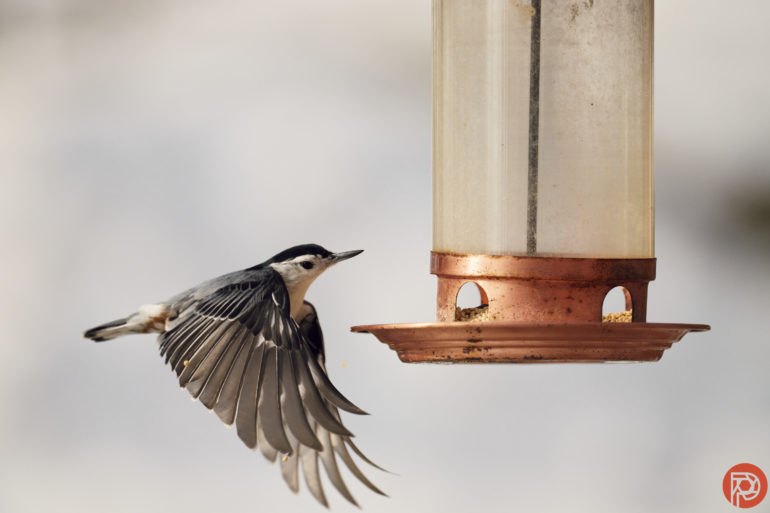
There’s a few things you should know about this guide that we’re very proud to say:
- Our Editorial Policies don’t let us discuss products that we haven’t thoroughly tested at length within these roundups. So we’re not going to put a big focus on any of those. Instead, know that we’ve reviewed all these products. We can say with confidence that these are the cameras with the best bird detection autofocus capabilities.
- All the product images and samples images in this roundup of cameras with the best bird detection were shot by our staff.
- This roundup only discusses mirrorless cameras that have animal and bird detection. Sony and OM SYSTEM separate the two. Canon and Nikon keep them together. With newer Sony cameras like the Sony a7r V, animal and bird detection has been fused together in one of the options. The Sony a1 also got this via a firmware update.
- Bird detection is pretty difficult to do when you’re looking into a tree with branches in front of the subject. So usually, you’ll want to use an autofocus point to assist the camera.
- The best bird detection has to be done very quickly. Otherwise, you can easily miss the moment of a bird being on a branch or in mid-air.
Nikon Z9
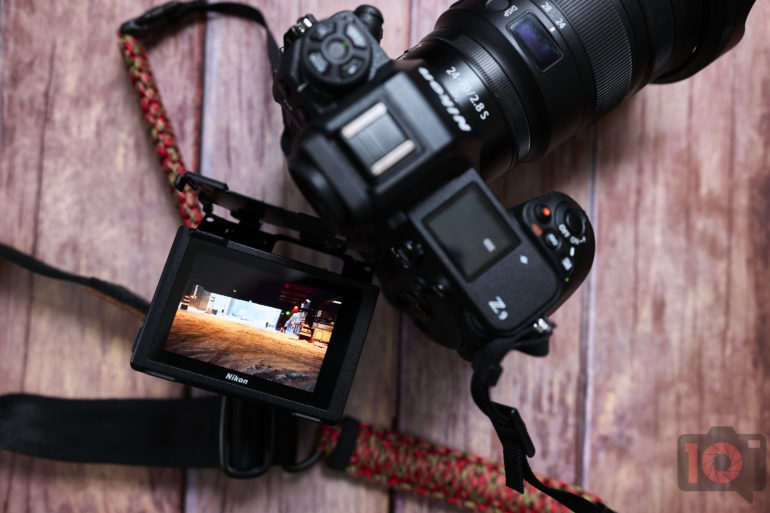
PROS
- High Speed sync works to 1/8000 and possibly beyond
- The Nikon z9 genuinely feels like the first serious camera for a professional photographer along with the Canon EOS R3.
- Nikon’s absolute best autofocus
- Once you get the hang of it and set everything up just the way you want, it’s an excellent camera.
- Light up buttons are the absolute best thing.
- Lots of customization options
- Fast and quiet shooting
- 3D tracking is great for animal photography.
- Auto subject detection is quite good.
- Nikon’s in-camera cropping feature is so wonderful to get more reach from your lenses.
- The world’s first camera for photographers without a physical shutter.
- I had zero camera shake issues. Anything pertaining to it would’ve been issues with using a slower shutter speed.
- Rolling shutter is considerably eliminated, and it’s only visible if you pixel peep.
- Pretty good tracking autofocus in low light!
- The vertical grip is a nice addition.
- Tons and tons of buttons that can do virtually everything
CONS
- The AF illuminator dramatically slows down the autofocus.
- I’ve surely seen better high ISO results.
- Exposure preview setting has been completely changed.
- Heavy, but that’s to be expected
- Noise reduction is very strong.
- I wish all the buttons lit up and not just a few. What about the buttons on top?
- Animal autofocus is good but not as good as Canon or Sony.
- Nikon still doesn’t have anything unique about their image quality that would make me want to buy it over Canon or Sony.
- Pushing the shadows introduces a significant amount of noise even if you’re not looking at the image at 100%
- Editing Nikon’s colors in mixed lighting is a nightmare I never want to go through again.
- At this level, the in-camera multiple exposure feature should make the files into RAWs and not JPEGs.
- 17×22 prints are a bit soft if you’re looking super close. You’ll also see grain at ISO 6400, unlike we’ve seen with a few others. But it’s acceptable.
- Pricey, but not as expensive as competitors for sure.
How’s The Bird Detection Autofocus?
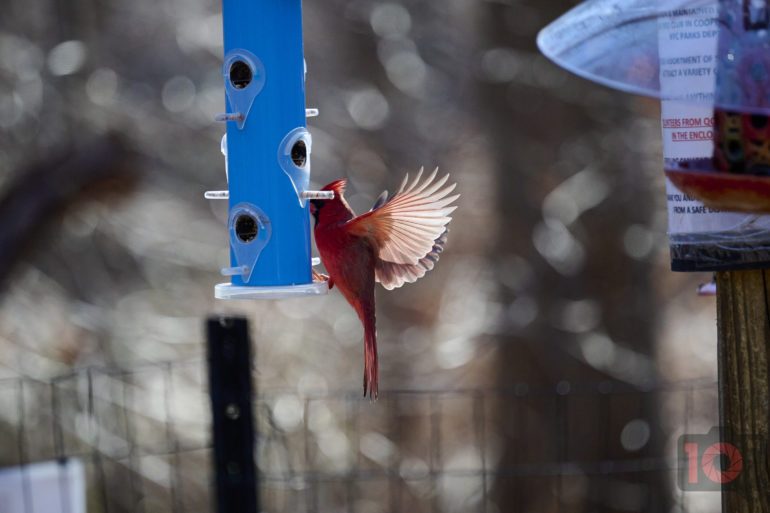
In our review, we state:
First off, Nikon’s autofocus with their own lenses has drastically improved. Not that it was bad at all, but it was lagging behind for sure. However, with Nikon’s own lenses, the Nikon z9 is able to more or less hold its own with Canon and Sony, albeit for a few situations. When using animal detection in low light such as in a forest canopy, the Nikon z9 still lags behind both Sony and Canon. But in good lighting, it’s still only a hair behind them in performance. It’s just as good as the OM System OM1; which is a far more affordable camera with a smaller sensor.
Canon EOS R3
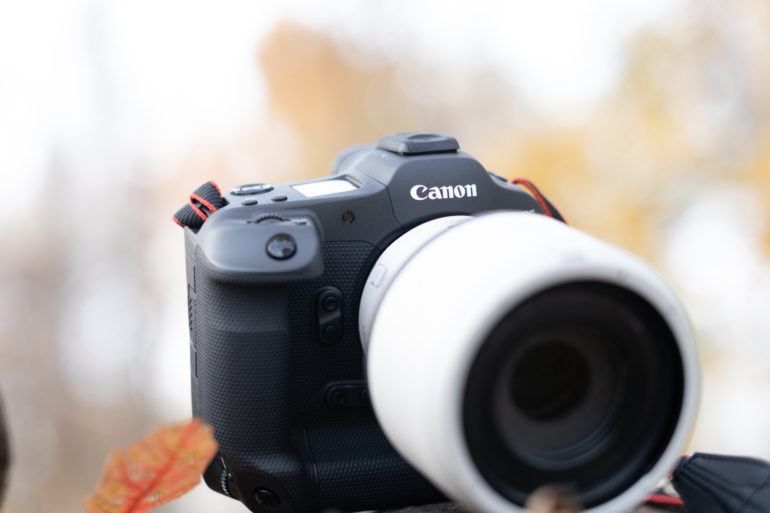
PROS
- Impressive autofocus performance with both action and low light
- Face recognition works phenomenally, even on birds and in dark scenes
- Reduced rolling shutter distortion and 1/180 flash sync with electronic shutter
- Excellent noise reduction at high ISOs
- Eye Control AF
- Built-in vertical grip
- Lots of great controls
- Weather-sealed
CONS
- Resolution is lower than competitors (but this is partially why low light quality is so great)
- Higher learning curve
- Hot shoe adapter recommended for weather-sealing with older flashes
- Heavier and larger than the R5 and R6
- Pricey
How’s The Bird Detection Autofocus?
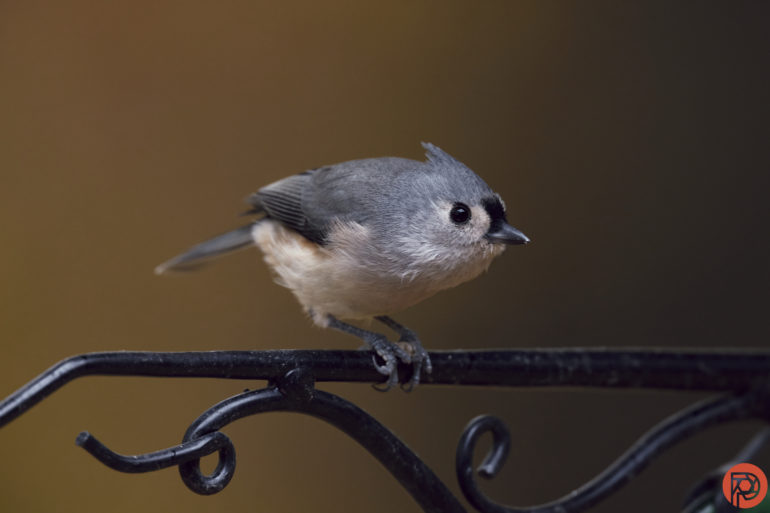
In our review, we state:
The Animal Eye AF is so good, in fact, that it actually sometimes even works on insects. With the RF 100mm macro, the R3 found a butterfly’s eye for me. It also was capable of distinguishing the head of a bumblebee from the rest of its body. This works similar to how the animal eye AF works overall — if you are close enough for the eye to be more than a few pixels, the camera will find the eye. If you are too far away for the eyes to be that big, it will find the animal. It works on larger bugs when close enough but naturally didn’t find the eyes of, say, carpenter ants. While it works best with macro lenses, it even locked onto the eyes of a butterfly with the 70-200mm f4 L lens.
Sony a1
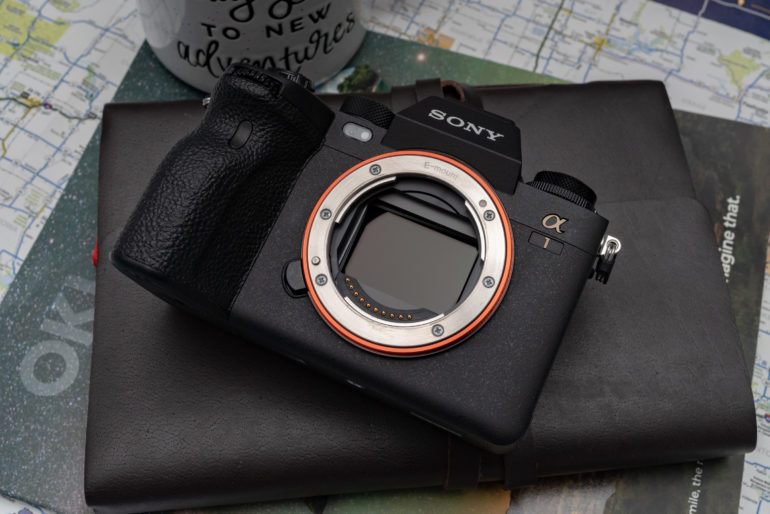
PROS
- Sony’s a1 shows that stacked sensors are the future
- Detail rich images with great dynamic range
- Excellent ergonomics (the best Sony camera to date)
- The a1 features the new touchscreen menu system
- Fantastic overall autofocus performance
- 30 frames per second with the electronic shutter with virtually no rolling shutter or banding issues
- 1/400th mechanical shutter speed with compatible TTL flashes and triggers
- Sony’s 9.44 million dot EVF is a work of art
- Excellent build quality
- Good battery life
- 8K video
- Excellent performance with CFexpress A cards
CONS
- It has the same old 1.44 million dot LCD
- The LCD is not fully articulating
- Bird AF is a work in progress
- Multi Shot mode is inconsistent
- Autofocus suffers a little in very low light situations
- It’s $6,499
How’s The Bird Detection Autofocus?
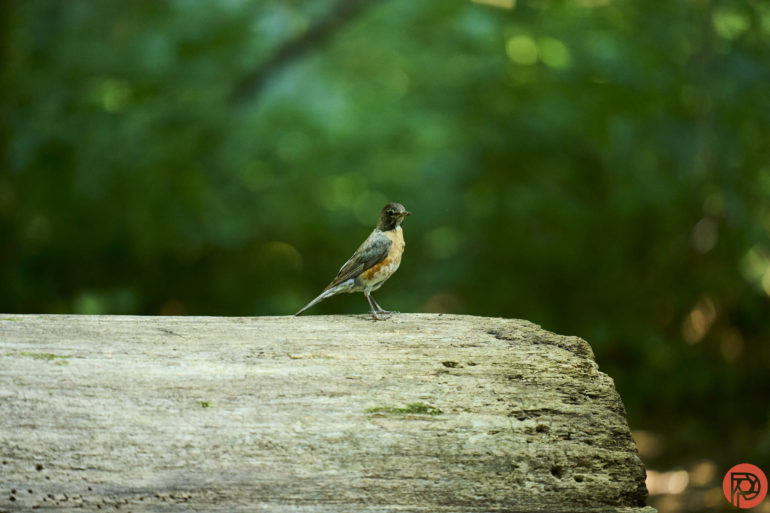
In our review, we state:
But with no obstructions, the Sony a1 was able to lock onto birds fighting. For this test, I used both the Sony 400mm f2.8 G Master lens and the Tamron 70-300mm f4.5-6.3 VC lens. Both are excellent options for birding. However, I started to see just how good they were after this test.
OM SYSTEM OM1
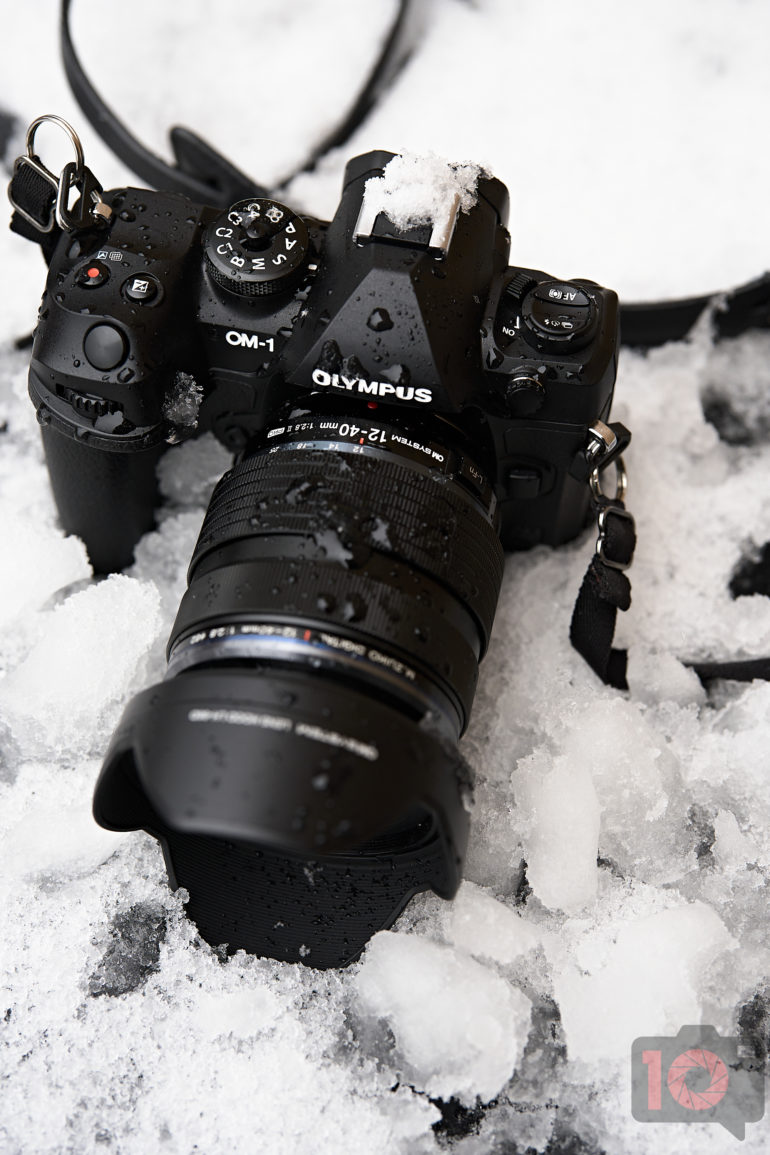
PROS
- This new menu system is amazing
- So much autofocus versatility with scene selection!
- So small and well built!
- A great amount of buttons, but it probably could’ve done with even more
- There’s finally an rating system that’s easy to access!
- Weather sealing is some of the best on the market.
- An incredibly lightweight camera with OM’s lenses
- When the autofocus sensitivity is increased, this camera is a beast at photographing and locking onto birds. But it’s still not on par with Sony and Canon.
- Autofocus is better for moving vehicles than flying birds simply because birds are a smaller part of the frame typically.
- Dramatically improved high ISO output
- Autofocus tracked a cat walking towards me pretty well. It works but it’s buggy at times just like Sony, Canon, and Nikon.
- The cameras computational photography capabilities are so incredibly fun.
- The cleanest high ISO print we’ve ever gotten from a Micro Four Thirds camera at ISO 6400.
- Face detection is better than Nikon, Fujifilm, and Panasonic. It’s not quite on par with Canon, Sony, and Leica.
- Low light AF sensitivity works well, but that’s because it negates the exposure preview setting after a while.
- THEY FINALLY FIXED FOCUS PEAKING ZOMGWTFBBQ!!!!
- Capture One support is absolutely incredible.
CONS
- Olympus went and made an awesome menu system but didn’t make it touch compatible.
- Separates bird and animal detection
Bird detection is very difficult to use when a teleconverter is attached.(fixed)- Animal and bird detection is a bit better than with Nikon and Panasonic, but still behind both Canon and Sony.
- No sensor protection when the camera is turned off. Come on, folks! How do you make a camera with an insane IP durability rating and not protect the sensor?
- C-AF with Tracking isn’t the best. Tracking moving birds is tough and almost impossible.
- Image stabilization at very slow shutter speeds doesn’t seem as great as previous Olympus cameras, but is still very good.
How’s The Bird Detection Autofocus?
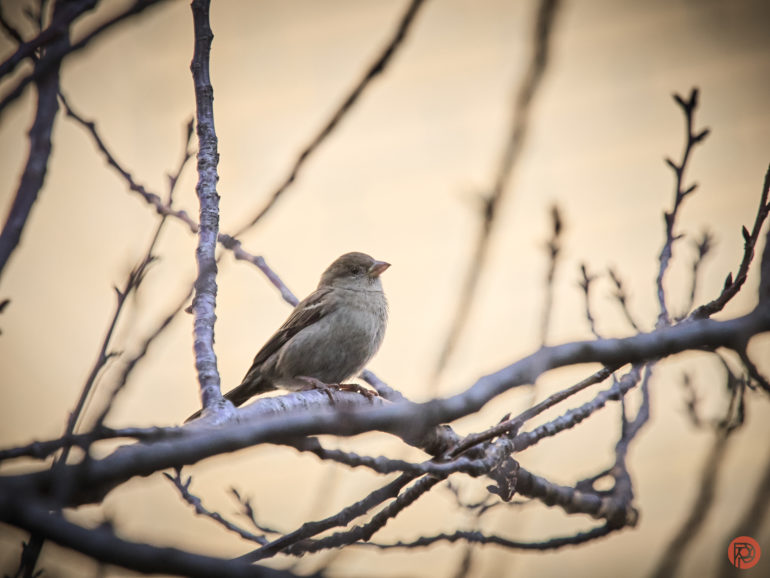
In our review, we state:
So overall, the C-AF ability has improved; and I’m glad to know that my earlier critiques of it were looked at with some seriousness. Would I use this in the forest or for serious bird photography? Totally! But I also really want to use it with other lenses. The camera does a great job otherwise. And overall, it’s still the lightest and smallest system in the hand that you can use for birding.


